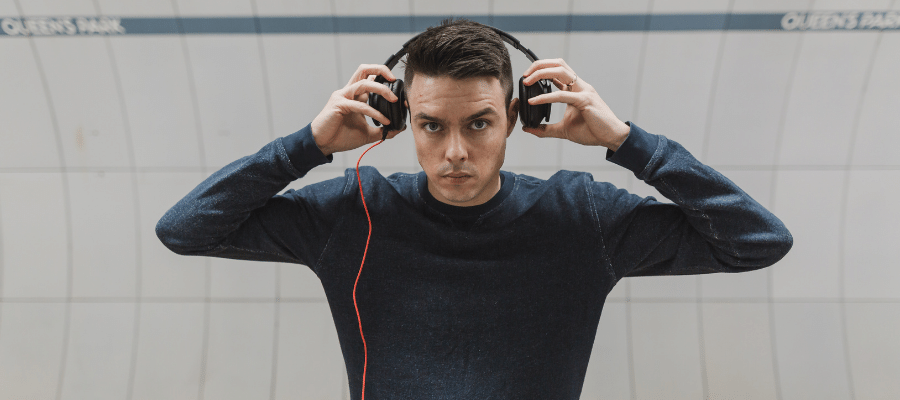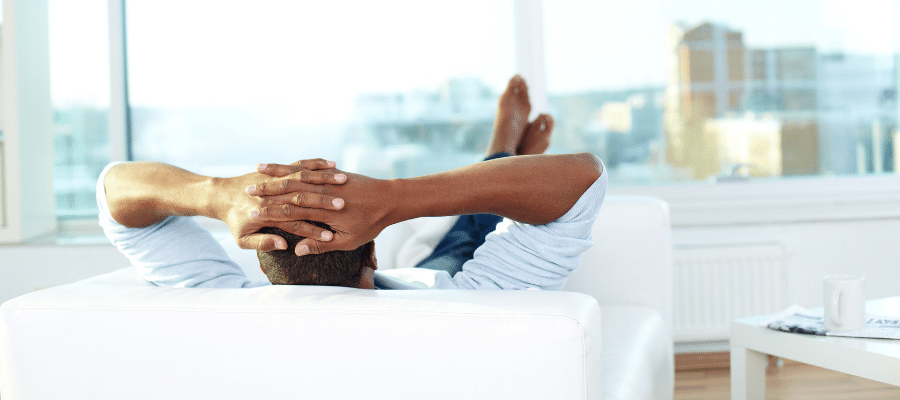Ear Fatigue and How you Can Prevent it

What Is Ear Fatigue?
To properly define what ear fatigue is, there needs to be a little background on the inner workings of the ear and how we hear and perceive sound. Our ears are separated into two sections, the outer ear and the inner ear, both of which have a role in allowing us to hear. Sound is heard when vibrations in the air cause the hair cells in our ears to move, which is then interpreted by our brain.
When sound is too loud or is experienced above a certain threshold for extended periods, the resulting stress on these hair cells can begin to cause physical damage to the structure of the cells. This damage is what creates the common report of “ringing” in the ears, and if it is ignored or no protective and preventive measures are taken, permanent damage and even the loss of all hearing ability.
Ear fatigue is what happens when the outer cells in our ear start becoming less responsive, resulting in a higher workload being placed on the inner cells. This will eventually require taking a break so that the outer cells can rest; otherwise, ear fatigue will begin to set in and can be made worse with louder volume. One of the most common types to experience is ear fatigue when mixing.
Ear Fatigue Symptoms

There is a difference between ear pain and fatigue. Ear pain can result from either acute or chronic damage, but it is often the product of being exposed to extremely loud noise, above 130dB or so, when the individual will begin to feel physical pain.
Ear fatigue symptoms will often include a feeling of general tiredness or fatigue, discomfort in the head and ear area, and a loss of sensitivity as the ear cells become overstimulated and overworked. In some severe situations, ear fatigue may present as pain or even bleeding.
Ear Fatigue Prevention
The best way to deal with ear fatigue is to avoid it as best you can. An ounce of prevention, right? But what if you’re in an audio tech field, as a producer, and depend on your hearing? Then ear fatigue prevention is even more crucial since being reckless with your hearing could end your career. With this in mind, let’s take a look at some best practices for avoiding ear fatigue in the first place.
Break It Up
Make sure you are taking a quick break here and there. A short 15-minute break every hour or two should do wonders for your ability to stay fresh and attentive to your mixes. There isn’t any particular rule for taking breaks, and some days you may find that you can cruise through half a day without any ill effects, while other days you may have only finished your second coffee before you are wondering what is going on with your frequencies.
If you start to wonder if you are experiencing ear fatigue, it is probably a safe bet that you are. If you find yourself replaying the same sample a few too many times or reaching for that volume knob to “hear things a little more clearly,” then you are suffering from ear fatigue and should step away and take a break.
Use A Reference
This is something nearly all pros will do. While you’re mixing, keep something handy that you know it is a great sounding mix, and use that for your reference point. Using a reference will help keep your mixes and your hearing their best.
Switch Up Your Monitors
Changing the monitors you use during your mixing sessions will let you focus on different ranges and allow your ears to concentrate on varying frequencies as well. Switch from small monitors to larger monitors, to in-ear monitors, and back again. Changing it up will let you hear the sounds with different references and reveal things you may have missed due to fatigue.
It Really Shouldn’t Go To 11
For the love of Lemmy, listen to your mixes at reasonable levels. Most people can experience sound frequencies optimally at between 70dB and 85dB, though 85dB is OSHA’s safety limit for an 8-hour time-weighted sound exposure.
In some circumstances, lowering the volume may let you hear more subtle elements that you may miss otherwise. There will always be a balance that must be struck, too low, and you miss things, too high, and you can incur ear fatigue early and often.
Know When To Wrap

If you are the one who can end a session, don’t be afraid to pull that trigger. Recognizing that either yourself, other members of the production crew, or the creatives are showing signs that they are fatigued and need rest can save everyone money, time, and stress in the long run.
If you are making production decisions while your brain or ears are fatigued, you are not making the best decisions possible, and your work could suffer because of it. If you find yourself in the mindset of “I just want to get this finished,” then you could be doing your craft a colossal disservice. It’s ok to call it for the day and come back at it the next day, refreshed.
Can it be Product Related?
Absolutely; much like everything else in life, quality does matter. This is especially true in the music industry. That's why we came up with our proprietary technology for music-lovers and audiophiles alike to be able to get fantastic sound quality and a custom fit (which will reduce ear fatigue significantly as they are made for your ears). Check out our custom in-ear headphones here (and don't forget to check out the Eargasm Ear Scanner, available on the app store).
Ear Fatigue Recovery

Ear fatigue recovery will depend on how fatigued your ears are, or in other words, how damaged are the cells in your ears and how long it will take for them to repair. If you experience fatigue and you catch it early on, you may be able to recover with as little as 15 minutes of quiet break time.
On the other hand, if you have started to experience higher levels of ear fatigue, more intensive recovery may be needed. If this is the case, you should start by taking the rest of the day off, experiencing as little volume as possible, and make sure to get plenty of restful sleep.










